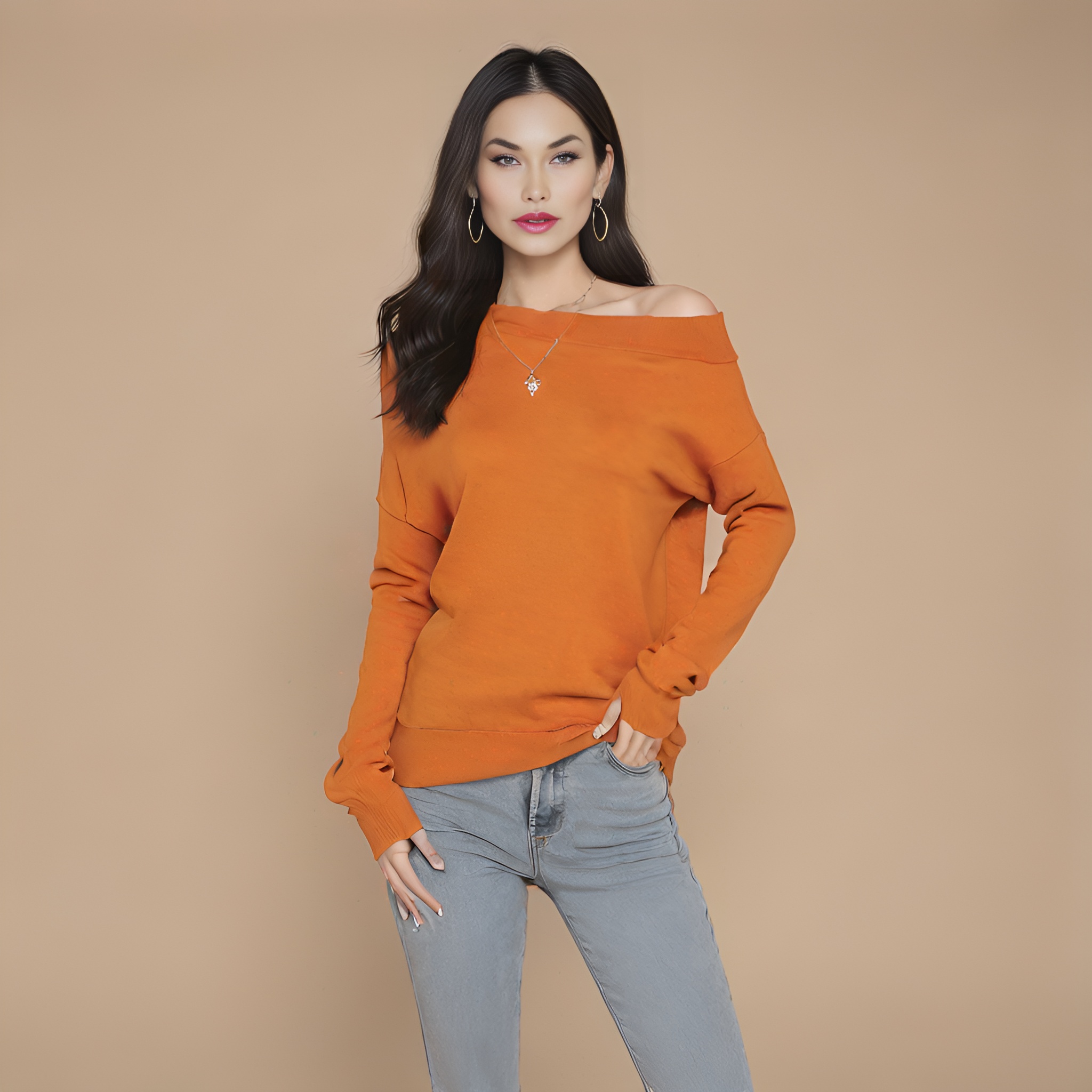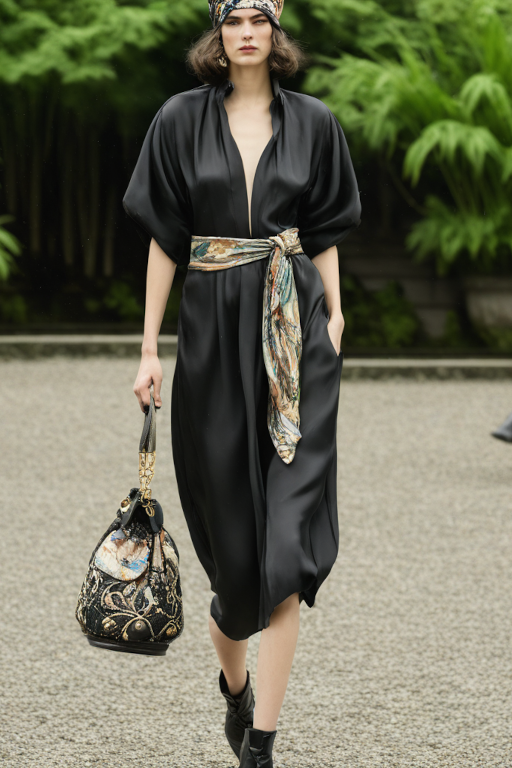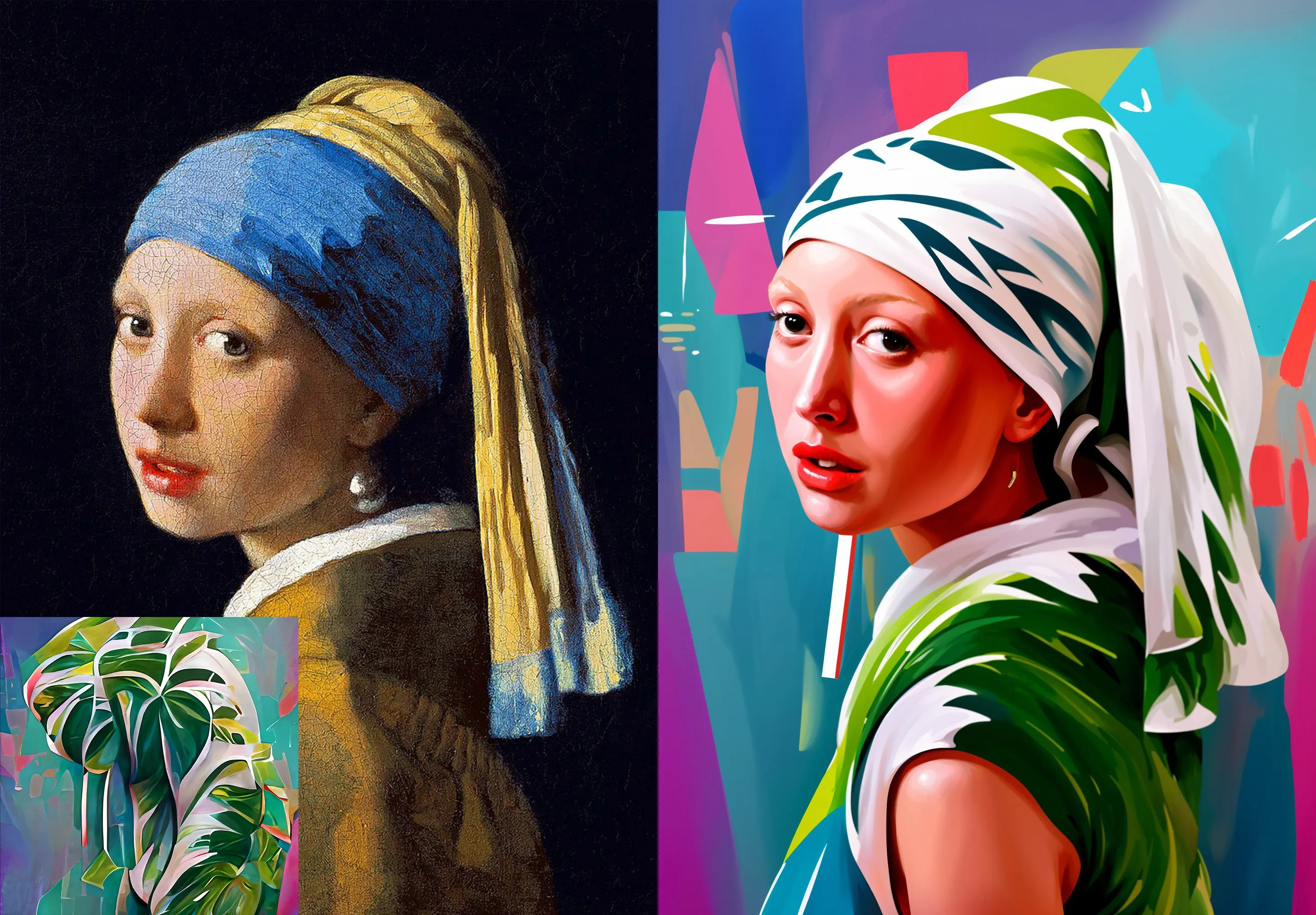face-swap
Maintainer: omniedgeio

1.8K

| Property | Value |
|---|---|
| Model Link | View on Replicate |
| API Spec | View on Replicate |
| Github Link | No Github link provided |
| Paper Link | No paper link provided |
Create account to get full access
Model overview
The face-swap model is a tool for face swapping, allowing you to adapt a face from one image onto another. This can be useful for creative projects, photo editing, or even visual effects. It is similar to other models like facerestoration, GFPGAN, become-image, and face-to-many, which also work with face manipulation in various ways.
Model inputs and outputs
The face-swap model takes two images as input - the "swap" or source image, and the "target" or base image. It then outputs a new image with the face from the swap image placed onto the target image.
Inputs
- swap_image: The image containing the face you want to swap
- target_image: The image you want to place the new face onto
Outputs
- A new image with the swapped face
Capabilities
The face-swap model can realistically place a face from one image onto another, preserving lighting, shadows, and other details for a natural-looking result. It can be used for a variety of creative projects, from photo editing to visual effects.
What can I use it for?
You can use the face-swap model for all sorts of creative projects. For example, you could swap your own face onto a celebrity portrait, or put a friend's face onto a character in a movie. It could also be used for practical applications like restoring old photos or creating visual effects.
Things to try
One interesting thing to try with the face-swap model is to experiment with different combinations of source and target images. See how the model handles faces with different expressions, lighting, or angles. You can also try pairing it with other AI models like real-esrgan for additional photo editing capabilities.
This summary was produced with help from an AI and may contain inaccuracies - check out the links to read the original source documents!
Related Models

facerestoration

2
The facerestoration model is a tool for restoring and enhancing faces in images. It can be used to improve the quality of old photos or AI-generated faces. This model is similar to other face restoration models like GFPGAN, which is designed for old photos, and Real-ESRGAN, which offers face correction and upscaling. However, the facerestoration model has its own unique capabilities. Model inputs and outputs The facerestoration model takes an image as input and can optionally scale the image by a factor of up to 10x. It also has a "face enhance" toggle that can be used to further improve the quality of the faces in the image. Inputs Image**: The input image Scale**: The factor to scale the image by, from 0 to 10 Face Enhance**: A toggle to enable face enhancement Outputs Output**: The restored and enhanced image Capabilities The facerestoration model can improve the quality of faces in images, making them appear sharper and more detailed. It can be used to restore old photos or to enhance the faces in AI-generated images. What can I use it for? The facerestoration model can be a useful tool for various applications, such as photo restoration, creating high-quality portraits, or improving the visual fidelity of AI-generated images. For example, a photographer could use this model to restore and enhance old family photos, or a designer could use it to create more realistic-looking character portraits for a game or animation. Things to try One interesting way to use the facerestoration model is to experiment with the different scale and face enhancement settings. By adjusting these parameters, you can achieve a range of different visual effects, from subtle improvements to more dramatic transformations.
Updated Invalid Date

fashion-design

5
The fashion-design model by DeepFashion is a powerful AI tool designed to assist with fashion design and creation. This model can be compared to similar models like fashion-ai and lookbook, which also focus on clothing and fashion-related tasks. The fashion-design model stands out with its ability to generate and manipulate fashion designs, making it a valuable resource for designers, artists, and anyone interested in the fashion industry. Model inputs and outputs The fashion-design model accepts a variety of inputs, including an image, a prompt, and various parameters to control the output. The output is an array of generated images, which can be used as inspiration or as the basis for further refinement and development. Inputs Image**: An input image for the img2img or inpaint mode. Prompt**: A text prompt describing the desired fashion design. Mask**: An input mask for the inpaint mode, where black areas will be preserved and white areas will be inpainted. Seed**: A random seed to control the output. Width and Height**: The dimensions of the output image. Refine**: The refine style to use. Scheduler**: The scheduler to use for the diffusion process. LoRA Scale**: The additive scale for LoRA (Low-Rank Adaptation), which is only applicable on trained models. Num Outputs**: The number of images to generate. Refine Steps**: The number of steps to refine the image, used for the base_image_refiner. Guidance Scale**: The scale for classifier-free guidance. Apply Watermark**: A toggle to apply a watermark to the generated images. High Noise Frac**: The fraction of noise to use for the expert_ensemble_refiner. Negative Prompt**: An optional negative prompt to guide the image generation. Prompt Strength**: The strength of the prompt when using img2img or inpaint modes. Replicate Weights**: The LoRA weights to use, which can be left blank to use the default weights. Num Inference Steps**: The number of denoising steps to perform during the diffusion process. Outputs Array of Image URIs**: The model outputs an array of generated image URIs, which can be used for further processing or display. Capabilities The fashion-design model can be used to generate and manipulate fashion designs, including clothing, accessories, and other fashion-related elements. It can be particularly useful for designers, artists, and anyone working in the fashion industry who needs to quickly generate new ideas or explore different design concepts. What can I use it for? The fashion-design model can be used for a variety of purposes, including: Generating new fashion designs and concepts Exploring different styles and aesthetics Customizing and personalizing clothing and accessories Creating mood boards and inspiration for fashion collections Collaborating with fashion designers and brands Visualizing and testing new product ideas Things to try One interesting thing to try with the fashion-design model is exploring the different refine styles and scheduler options. By adjusting these parameters, you can generate a wide range of fashion designs, from realistic to abstract and experimental. You can also experiment with different prompts and negative prompts to see how they affect the output. Another idea is to use the fashion-design model in conjunction with other AI-powered tools, such as the fashion-ai or lookbook models, to create a more comprehensive fashion design workflow. By combining the strengths of multiple models, you can unlock even more creative possibilities and streamline your design process.
Updated Invalid Date

become-image

262
The become-image model, created by maintainer fofr, is an AI-powered tool that allows you to adapt any picture of a face into another image. This model is similar to other face transformation models like face-to-many, which can turn a face into various styles like 3D, emoji, or pixel art, as well as gfpgan, a practical face restoration algorithm for old photos or AI-generated faces. Model inputs and outputs The become-image model takes in several inputs, including an image of a person, a prompt describing the desired output, a negative prompt to exclude certain elements, and various parameters to control the strength and style of the transformation. The model then generates one or more images that depict the person in the desired style. Inputs Image**: An image of a person to be converted Prompt**: A description of the desired output image Negative Prompt**: Things you do not want in the image Number of Images**: The number of images to generate Denoising Strength**: How much of the original image to keep Instant ID Strength**: The strength of the InstantID Image to Become Noise**: The amount of noise to add to the style image Control Depth Strength**: The strength of the depth controlnet Disable Safety Checker**: Whether to disable the safety checker for generated images Outputs An array of generated images in the desired style Capabilities The become-image model can adapt any picture of a face into a wide variety of styles, from realistic to fantastical. This can be useful for creative projects, generating unique profile pictures, or even producing concept art for games or films. What can I use it for? With the become-image model, you can transform portraits into various artistic styles, such as anime, cartoon, or even psychedelic interpretations. This could be used to create unique profile pictures, avatars, or even illustrations for a variety of applications, from social media to marketing materials. Additionally, the model could be used to explore different creative directions for character design in games, movies, or other media. Things to try One interesting aspect of the become-image model is the ability to experiment with the various input parameters, such as the prompt, negative prompt, and denoising strength. By adjusting these settings, you can create a wide range of unique and unexpected results, from subtle refinements to the original image to completely surreal and fantastical transformations. Additionally, you can try combining the become-image model with other AI tools, such as those for text-to-image generation or image editing, to further explore the creative possibilities.
Updated Invalid Date

du

1
du is an AI model developed by visoar. It is similar to other image generation models like GFPGAN, which focuses on face restoration, and Blip-2, which answers questions about images. du can generate images based on a text prompt. Model inputs and outputs du takes in a text prompt, an optional input image, and various parameters to control the output. The model then generates one or more images based on the given inputs. Inputs Prompt**: The text prompt describing the image to be generated. Image**: An optional input image to be used for inpainting or image-to-image generation. Mask**: An optional mask to specify the areas of the input image to be inpainted. Seed**: A random seed value to control the image generation. Width and Height**: The desired dimensions of the output image. Refine**: The type of refinement to apply to the generated image. Scheduler**: The scheduler algorithm to use for the image generation. LoRA Scale**: The scale to apply to the LoRA weights. Number of Outputs**: The number of images to generate. Refine Steps**: The number of refinement steps to apply. Guidance Scale**: The scale for classifier-free guidance. Apply Watermark**: Whether to apply a watermark to the generated image. High Noise Frac**: The fraction of high noise to use for the expert ensemble refiner. Negative Prompt**: An optional negative prompt to guide the image generation. Prompt Strength**: The strength of the prompt for image-to-image generation. Replicate Weights**: LoRA weights to use for the image generation. Number of Inference Steps**: The number of denoising steps to perform. Outputs Image(s)**: The generated image(s) based on the provided inputs. Capabilities du can generate a wide variety of images based on text prompts. It can also perform inpainting, where it can fill in missing or corrupted areas of an input image. What can I use it for? You can use du to generate custom images for a variety of applications, such as: Creating illustrations or graphics for websites, social media, or marketing materials Generating concept art or visual ideas for creative projects Inpainting or restoring damaged or incomplete images Things to try Try experimenting with different prompts, input images, and parameter settings to see the range of images du can generate. You can also try using it in combination with other AI tools, like image editing software, to create unique and compelling visuals.
Updated Invalid Date